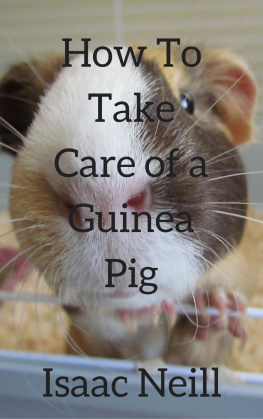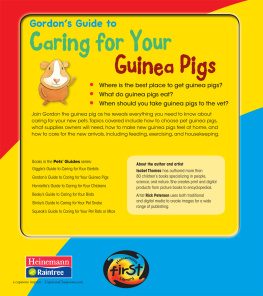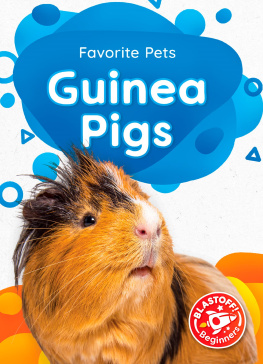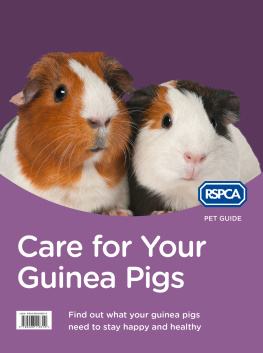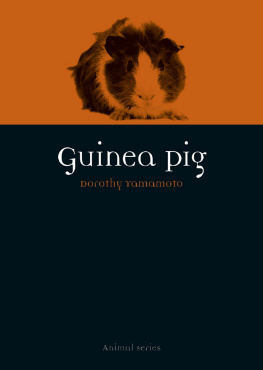How to look after your guinea pig:
Pet Care for Children
Copyright 2014 by:
Isabella Hobby
Duplication Prohibited
Introduction
A guinea pig will make a wonderful family pet. They are an affectionate animal with a great personality and they can live for quite a long time when cared for properly. Your guinea pig, like all domestic animals, will rely on you for food and shelter in order to be happy and healthy. Here are some things your guinea pig will need:
- - A safe and comfortable environment they can call home
- - Lots of attention and/or company
- - A nutritious and balanced diet
- - To be entertained and kept busy
- - Keep a close eye for any health issues
Guinea pigs are the perfect pet for children. They are soft and cuddly, have adorable faces and they rarely bite or scratch. A guinea pig will usually live between 4 8 years, so make sure you are committed to their care before purchasing this lovely animal. This guinea pig care book will show you how to properly care for a guinea pig, along with giving you tips to keep them happy and healthy.

Common guinea pig breeds
Much like a rabbit, your guinea pig will prefer to live with other guinea pigs in order to be happy. Unless you plan on breeding, it is best to purchase the same gender of guinea pigs. It is also best to introduce guinea pigs to one another while they are still young and then keep them together for as long as they live. Here is a list of the most popular guinea pig breeds:
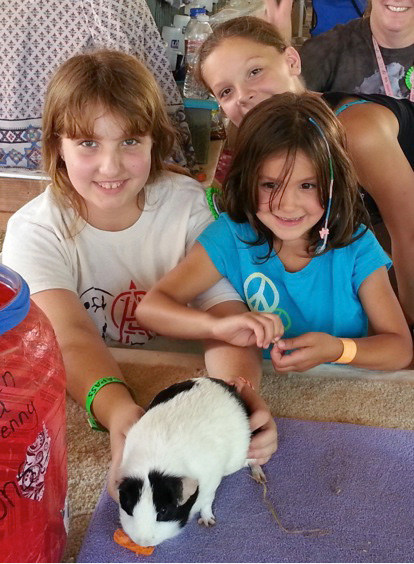
The American/English Cavy
This is a great breed for people that are just starting out with guinea pigs. The American/English cavy features short, smooth hair that requires very little grooming. They come in a variety of colours such as black, white, cream, speckled, or even a beautiful combination of those colours. The American/English guinea pig is easy to maintain and has a wonderful personality, often being labelled as the calmest breed. It is one of the more popular choices amongst guinea pig breeds.
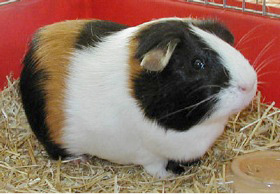
Dutch Guinea Pig
The Dutch rabbit has a black coat with white markings. It can also be reverse in colour with a mostly white coat and black markings around the eyes and rump area. The Dutch guinea pig features a soft and short coat of fur, which is easy to maintain. This particular breed can be difficult to find because of cross-breeding and availability in certain areas.

www.ign.com
The Abyssinian
This particular guinea pig has an adorable, fluffy coat. Their wild-looking hair comes in a variety of colours and grows in tall rosettes, which are whirls of hair that grow from certain points on the guinea pigs body. The Abyssinian does not require much grooming, but they will enjoy an occasional gentle brushing. They are extremely friendly and love to play, making them an ideal first pet for children.

Cavy madness
The Peruvian
This is a long-haired guinea pig that can grow hair in excess of 20-inches long! With that being said, this guinea pig requires frequent grooming as well as hair cuts in order to keep a beautiful looking coat. The Peruvian guinea pig has smooth, straight hair that naturally parts down the centre of their back and then flops forward over their head. They have a lively personality and are the second most common breed of guinea pigs. However, it is not recommended as a first-time pet due to the regular maintenance.
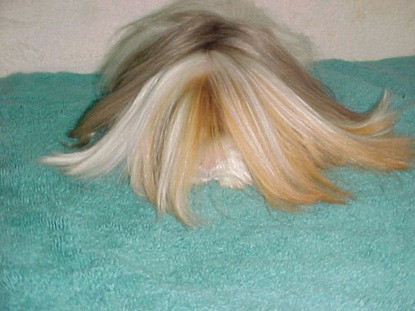
www.wikipedia.org
The Sheltie/Silkie
The Sheltie is another long-haired guinea pig, which grows hair at a rate of 1-inch every month. Their hair naturally flows back over their body and does not flop over the face like the Peruvian. The Sheltie/Silkie requires regular grooming and trimming, which should be considered before purchasing this particular breed. They come in a variety of colours and feature a playful personality.
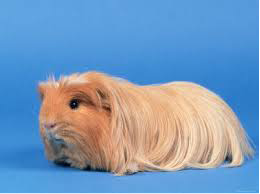
http://thepiggiepigpalace.blogspot.com.au/2013/04/silkie-guinea-pig.html
Where to Purchase a Guinea Pig
Breeders A reputable guinea pig breeder is an excellent choice! The breeder will know a lot about their particular breed of guinea pig and they will be able to answer all of your questions. A good breeder has already begun to socialize their guinea pigs and there is less chance your new pet will become ill. There are numerous breeders on the market, so it should be fairly easy to find one in your area.
Rescue When you rescue a guinea pig, you will be giving them a second chance at enjoying a wonderful life. Many people are surprised to hear that their local animal shelter has guinea pigs, so try tapping into this unknown market and help to save an animal. The animal shelter is also very helpful with any questions or concerns you may have about guinea pigs. An animal rescue is a great addition that your family will love.
Pet Store Although a pet store might be your obvious choice, beware of the condition and treatment of their animals. Many pet stores are known to use so-called breeders that have mass litters within a short amount of time, which can lead to serious health concerns. Some pet stores also house male and female guinea pigs within the same cage, so you may get the wrong gender or worse, a female that is already pregnant. Not all pet stores are bad and they can actually be a great place to purchase your guinea pig, just try to do your homework before selecting the right one and always fully inspect the animal before taking it home.
How to Look After Your Guinea Pig
What they eat. Guinea pigs love to eat! So what do you feed them? Your guinea pig will need a well-balanced diet that contains mostly hay, along with fresh vegetables, occasional fruit, and pellets.
The most important item on the menu for guinea pigs is hay. It is an essential part of their diet that helps them to digest food properly, provides them with dietary fibre, and also helps to keep their teeth from becoming too long. Your guinea pig should always have a constant supply of grass hay to keep them happy and healthy.
Guinea pigs are strict herbivores, which means you should never feed them meat, dairy, or grains. Your guinea pig will eat about one cup of fresh vegetables each day, such as:
- - Romaine lettuce
- - Spinach (occasionally)
- - Kale (occasionally)
- - Carrots (no more than every other day)
- - Broccoli
- - Cucumber
- - Celery (in small pieces to avoid choking)
- - Parsley
- - Endive
- - Bell peppers
- - Tomatoes (only the fruit itself as leaves and stock are toxic)
- - Corn husks (do not feed them the silks)
- - Green beans (occasionally)
- - Cabbage (rarely)
Next page

